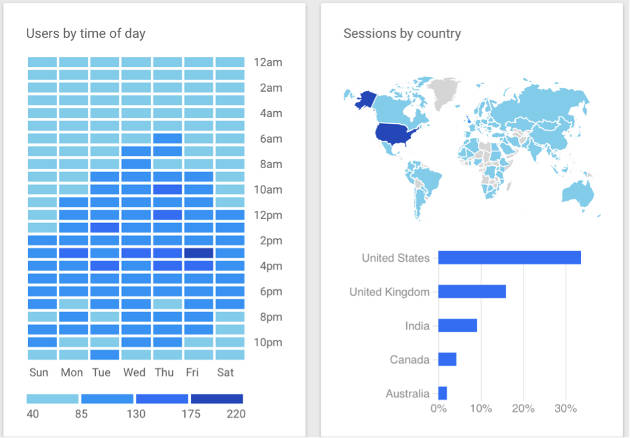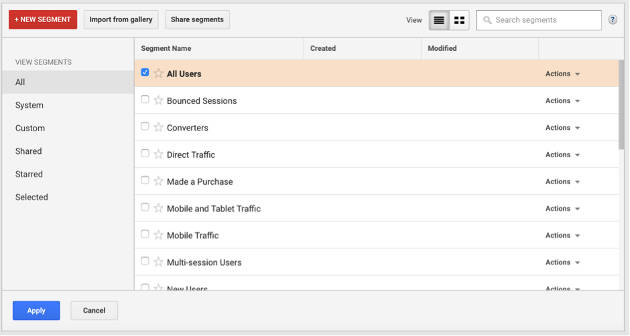Here's how to schedule your social media updates more efficiently. Create your content categories Take time to organize your social media updates and create a social media calendar before you schedule them. When to post your updates Scheduling is not just about posting updates when you're not around; it's also about making sure they're posted on the right days and at the right times to generate maximum results. For example, if you're tweeting about a blog post at 9:30 AM, consider posting a quote at 10:15 AM, curating a post at 11 AM, and so on. When scheduling updates, you can add your custom time (or a set number of hours from the moment you schedule), or you can use CoSchedule's "best time" feature, allowing the tool to post your update at the time you're most likely to reach the most people. Plus, there aren't any content queue categories—something that I absolutely need in a social media scheduling tool. Overall, it's a good tool for managing and automating your social media marketing, but I would love more customization features for the queue, and especially for content categories, which I'm a very big fan of. For each of your social accounts, you can create different content categories: What I also like about the tool is that you have various customization options. You can also make sure that updates in your queue categories aren't repeated more than once every set number of days. How do you schedule and plan your social media marketing?


There is a certain art (or science, rather) to scheduling your social media updates. Scheduling should go beyond simply using tools to publish updates when you aren’t manually able to. Now you can plan most of your social media marketing months in advance.
Here’s how to schedule your social media updates more efficiently.
Create your content categories
Take time to organize your social media updates and create a social media calendar before you schedule them.
Simply create a list of all the types of content categories that you’re going to share, such as…
- Evergreen blog posts (blog posts that remain relevant over time)
- Time-sensitive blog posts (blog posts that are relevant only during a specific time)
- Promotional updates
- Event promotions
- Product/service launch or announcement of new features
- Holidays
- Industry events
- Quotes
- Images, videos, and GIFs
Of course, you might have other categories of content, too. Your list should be a complete overview of what you plan to publish in the coming months. If you’re looking for ideas, check out this article on social media campaigns that get attention.
Determine your recurring updates
If you want to publish some of your updates multiple times, you don’t need to schedule each post individually. That will only cost you time; instead, you could use a tool to do that for you.
As you create your different content categories, establish which ones you’re going to share multiple times, such as…
- Your blog posts
- Promotional updates
- Sales updates
How often do you want to post updates?
There is a lot of discussion and debate on the optimum number of updates you should be publishing in a day, but the truth is there’s no right answer.
Some brands tweet a couple of times a day and are hugely popular; others do the same thing and get hardly any reaction.
Many marketers preach against posting too often or repeating the same exact updates multiple times; but the Twitter accounts of top marketers and influencers, such as Jeff Bullas and Kim Garst (especially Jeff), include dozens of updates posted in a day, many of them repeated numerous times. And the kicker? It works. They get clicks, they reach more people, and they get engagement and new followers.
That’s why there’s no right answer. Go for whatever works for you, which will partially depend on the amount of content you have to share (particularly your evergreen content).
When to post your updates
Scheduling is not just about posting updates when you’re not around; it’s also about making sure they’re posted on the right days and at the right times to generate maximum results.
Depending on what you want to achieve with each update, you should post them at different times.
1. Use Google Analytics to determine increases in social media traffic
When do you get the most traffic from social media to your website, blog, and landing pages?
You can use your Google Analytics account to easily find out when you get the most traffic from social media. Just go to Acquisition > Social > Network Referrals.

On your home page, you can also see what times of days you get the most visitors.

In addition, you can go to Behavior > Overview and select the “hourly” view to see how much traffic you’re getting per hour on specific dates. Plus, you can select certain segments of your traffic to analyze.

Many of the major social networks’ built-in analytics—as well as third-party analytics tools—will provide you with…

COMMENTS